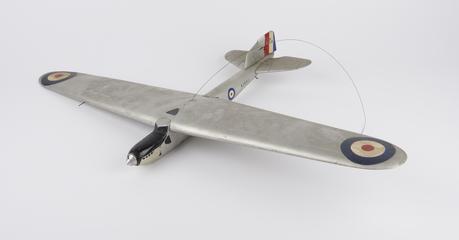
Sir Richard Fairey 1887 - 1956
- occupation:
- Aircraft manufacturer
- Nationality:
- English; British
- born in:
- Hendon, Barnet, Greater London, England, United Kingdom
1902 - started work as a non-paying premium apprentice with an electric company in Holloway. 1905 - was placed in charge of the installing of electric lighting of the docks and warehouses at Heysham harbour in Lancashire. 1910 - was persuaded to enter an aeroplane model competition at the Crystal Palace, which he won easily. 1913 - moved to Short Brothers, the aircraft pioneers, as chief engineer. 1915 - at the urging of Commodore Murray Sueter RN, he formed his own aircraft company. 1922 - elected chairman of the Society of British Aircraft Constructors. 1927 - warned by his doctors to rest, he turned to yachting. 1928 - the first edition of the aeroplane known as the Long Range Monoplane. 1931 - founded the Avions Fairey Company in Belgium. 1933 - the Long Range Monoplane flew the world's long-distance non-stop record of 5309 miles, from Cranwell in England to Walvis Bay in South Africa. 1934 - the TSR2 Swordfish built. 1935 - became the commodore of the Royal London Yacht Club. 1936 - awarded the Wakefield gold medal of the Royal Aeronautical Society for his design of the variable camber wing. 1940 - the Swordfish helped cripple the Italian fleet at Taranto. 1942 - knighted. 1945 - resigned from the post of Director of the British air mission in America due to ill health, and for three months was in hospital in Boston. 1947 - the American government awarded him the medal of freedom with silver palm for ‘exceptional meritorious service in the field of scientific research and development’. 1948 - he Fairey Gyrodyne gained the international speed record for helicopters at 124 m.p.h. and work went ahead in the design of passenger-carrying helicopters.